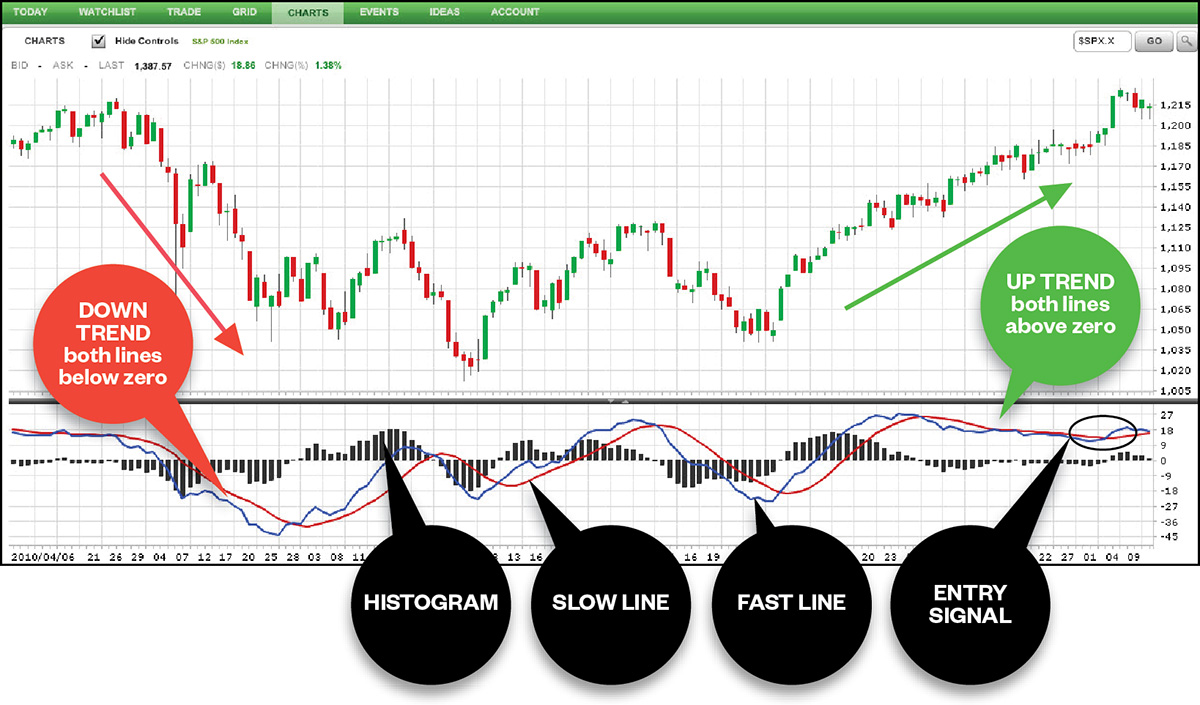-
Ldl Cholesterol Range Charts For Mt4 For Mac카테고리 없음 2020. 1. 25. 08:13

Sep 28, 2018 - These cholesterol level charts explain healthy levels for both adults. LDL is also called “bad” cholesterol because it blocks your blood. In common lingo, LDL is called the “bad” cholesterol, and HDL is known as the “good” cholesterol. That’s because LDL cholesterol is the substance that clogs arteries by delivering cholesterol to the cells and depositing it in the artery wall; HDL cholesterol, on the other hand, actually helps clear LDL cholesterol from the blood by trucking cholesterol back from the cells to the liver for disposal.
Heart disease is the leading cause of death for both men and women. Which of these controllable risk factors do you have?. I have diabetes. I use tobacco products, or I am around people who smoke.
But my cholesterol was much better. My lipid profile a year ago showed high triglycerides the main culprit in my 221 total cholesterol reading. My triglycerides dropped from 254 to 80. My LDL or bad cholesterol dropped just modestly from 129 to 114.

I am not physically activen I don’t eat healthfully. I am not within 20 pounds of my recommended weight. I have high levels of LDL cholesterol ( 100 mg/dL), low levels of HDL cholesterol ( 150 mg/dL) or my total cholesterol is 200 mg/dL. My blood pressure is higher than 120/80 mm/Hg.
Ldl Cholesterol Range Charts For Mt4 For Macros
On average, I don’t get at least 8 hours of sleep each night. I have a lot of stress in my life CONTROLLABLE RISK FACTORS ARE OPPORTUNITIES TO CREATE “HEALTH STRENGTHS!” Do you have any of these uncontrollable risk factors?. I already have heart disease. My siblings or parents have cardiovascular disease. I am African American or Hispanic.

Ldl Cholesterol Range Charts For Mt4 For Mac
I am 55 or older (women) or 45 or older (men). I have rheumatoid arthritis or lupus. I had pregnancy complications, including the development of high blood pressure or diabetes, or I delivered a preterm infant These and other risk factors affect your personal lifetime risk for developing heart disease, including heart attack, stroke, hypertension and diabetes. The more risk factors you checked, the higher your risk of cardiovascular disease. GOOD News: You have the power to control many of these factors, thus improving your heart AND overall health. Now that you understand more about heart disease, let's talk about how you can maintain good heart health. The first step is to get a snapshot of your current heart health.
Then, you can compare your numbers with normal ranges (for people who don't have heart disease or diabetes). As you and your doctor develop strategies to implement heart healthy behaviors and minimize your personal risk factors, you can track your progress using the chart below (click to open the image to a larger size). Work with your doctor for the appropriate testing. Together, you can fill in the chart so you have a complete picture of your risk factors.
click the image to open a larger version. You can print that webpage using Ctrl+P (Windows) or Command+P (Mac) Your resting heart rate is the number of times your heart beats in 1 minute when you are at rest. Normally, your heart will beat between 60 and 100 times per minute.
Unexplained changes in your resting heart rate can indicate a possible heart condition. Body mass index (BMI) is one way to determine if you are at a healthy weight. It’s based on the ratio of your height to your weight. BMI does not distinguish between women and men and does have limitations, so use it in conjunction with other measurements for the most accurate assessment of your weight. Many people carry most of their excess weight around their belly rather than equally distributed throughout their body. This abdominal fat is a risk factor for heart disease (even if you have a normal BMI).

Your waist circumference and waist-to-hip ratio are quick ways to determine your risk of heart disease. Measure around your waist at its smallest point and your hips at their widest. Divide your waist measurement by your hip measurement for your waist-to-hip ratio. Knowing about the diseases that run in your family will help you and your doctor better understand your risk factors for heart disease. Take some time to record health information about your parents, siblings, children, grandparents, cousins, and aunts and uncles. Include your relationship to the person, their ethnicity and race, cause of death if deceased, and as much of their health history as you know (such as diseases and age of onset).
Record any known environmental or lifestyle risk factors (for example, if the relative smoked or worked in a high-risk environment, such as a coal mine).
